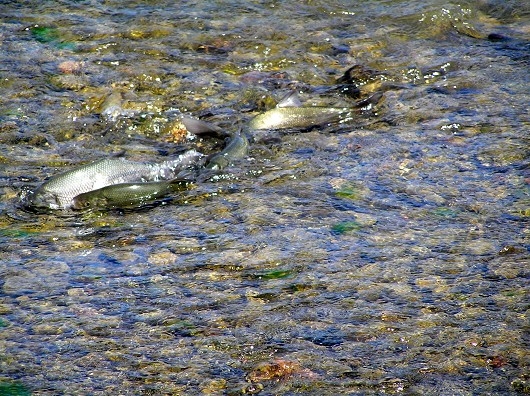Posts Tagged: CLEAR
Bohart Museum Open House: Collecting Insects and Making Insect Collecting Jars
Visitors at the Bohart Museum of Entomology open house learned about such "household vampires" as mosquitoes, fleas, lice, ticks and...
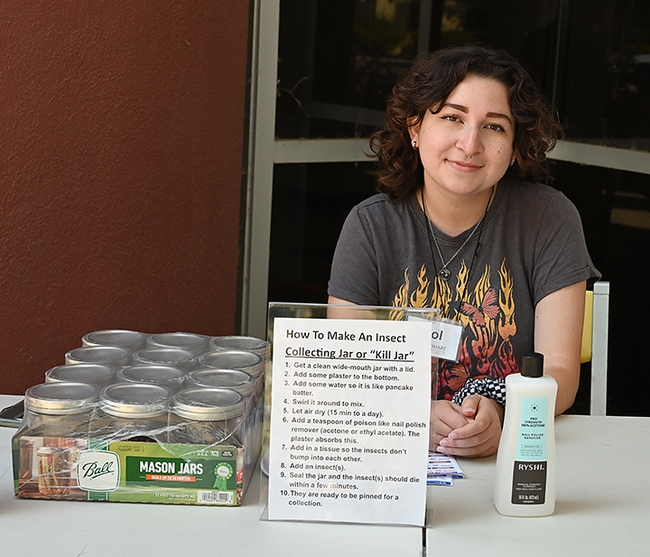
UC Davis entomology senior Sol Wantz, president of the Entomology Club, showed open house visitors how to make an insect collecting jar or "kill" jar. (Photo by Kathy Keatley Garvey)
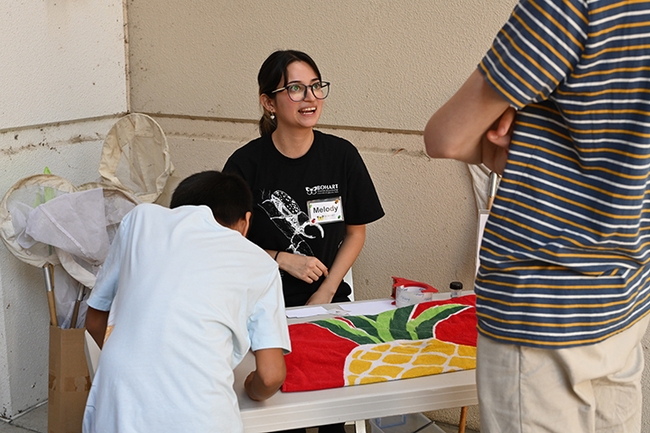
Bohart Museum intern Melody Ruiz, a third-year UC Davis entomology major, staffed the "Clear Packing Tape Art" table. (Photo by Kathy Keatley Garvey)
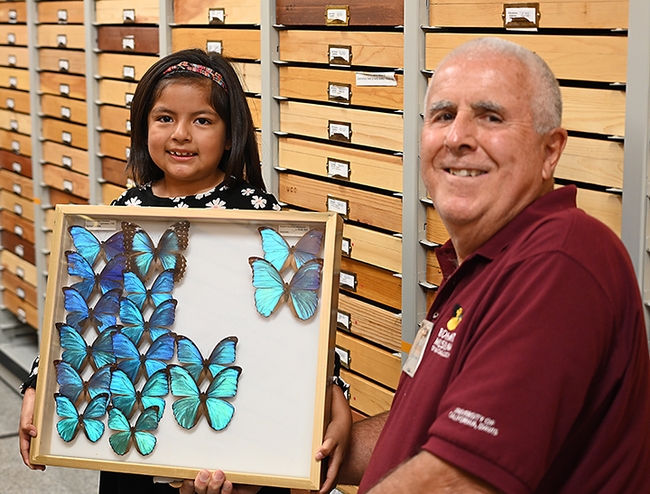
Alina Franco, 11, of Woodland, was eager to see the morpho butterflies at the Bohart Museum. With her is entomologist Jeff Smith, curator of the Lepidoptera collection. (Photo by Kathy Keatley Garvey)
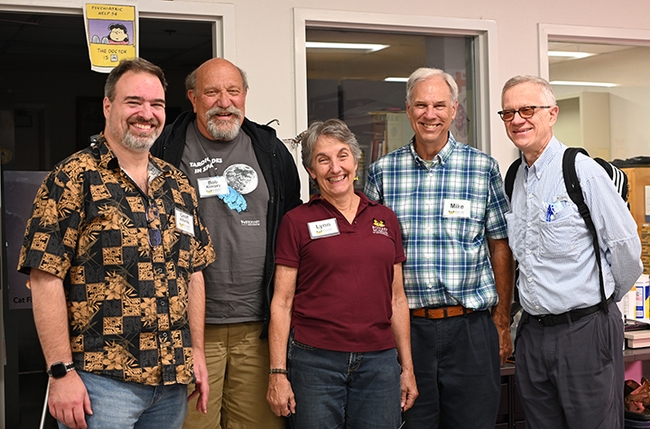
Scientists at the Bohart open house included (from left) medical entomologist-geneticist Geoffrey Attardo, forensic entomologist Robert Kimsey, and Bohart director Lynn Kimsey, all of the UC Davis Department of Entomology and Nematology faculty; California Department of Food and Agriculture retiree Mike Pitcairn; and UC Davis distinguished professor Walter Leal, former chair of the Entomology Department. (Photo by Kathy Keatley Garvey)
The Clear Lake hitch get new protection
Introduced predatory and competitive fish species and low water flows in the hitch's spawning grounds have combined with other factors to throw hitch populations into decline, prompting its designation as a threatened species. With the new status, agencies can now solicit funds for stream and habitat improvements and any changes to the shoreline, tributaries and lake may only be made after carefully studying the potential impact on Clear Lake hitch.
“Anytime an animal gets listed, I believe it's an admission of failure on the part of society,” said Greg Giusti, UC Cooperative Extension natural resources advisor in Lake County. “We've been asleep at the switch.”
Giusti is mobilizing efforts to help the local residents, anglers and farmers deal with outcomes of the new designation.
Scientists determined the Clear Lake hitch was a distinct species in 1973. There are hitch in other Northern California lakes and waterways, but differences suggest the Clear Lake hitch took its form after geologic forces separated the lake from the Sacramento River watershed thousands of years ago.
The Clear Lake hitch spawn in creeks and streams in late winter and early spring. Eggs hatch in about seven days and a week later the free swimming young begin moving down stream. For 80 days the fish stay in marshy areas at the mouths of streams, feeding heavily on rice fly larvae. At about 2 inches in length, they move away from the shore into deeper water and, when mature, return to spawn in streams.
Pomo Indians traditionally harvested Clear Lake hitch in large numbers when free-flowing creeks and streams were teaming with spawning adults. The fish were dried and served as an important food source all year. Descendants of Native Americans wish to continue the practice.
According to Peter Moyle, professor in the Department of Wildlife, Fish and Conservation Biology at UC Davis, the fish were among the last native species in Clear Lake to be doing reasonably well until the early 1970s when three alien fishes became abundant in the lake - Florida largemouth bass, Mississippi silverside, and threadfin shad.
“The bass is a terrific game fish,” Moyle said. “The Florida bass was introduced to improve the fishery. However, they became very abundant and are voracious predators of hitch. Likewise, the silverside and shad likely prey on hitch larvae and compete with hitch for their zooplankton food.”
Clear Lake hitch have also been impacted by water extraction from the tributaries upstream, mainly for irrigation, plus the construction of bridges, dams and other structures in their spawning streams.
While in the past there were tens of thousands of Clear Lake hitch spawning in dozens of tributaries, in recent years, population has been reduced to a few thousand and they reportedly spawn in only two streams. Because of the low water flows in current drought conditions, Giusti said, there was virtually no Clear Lake hitch spawn at all in 2014.


